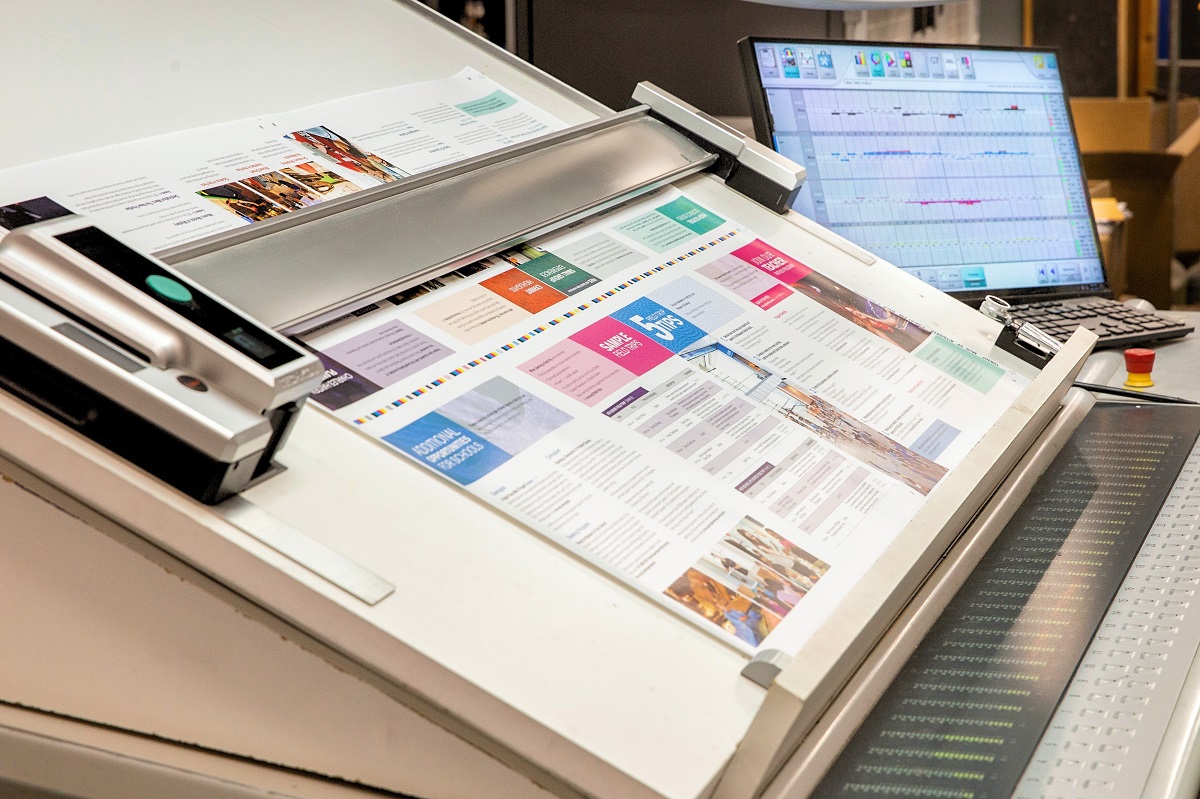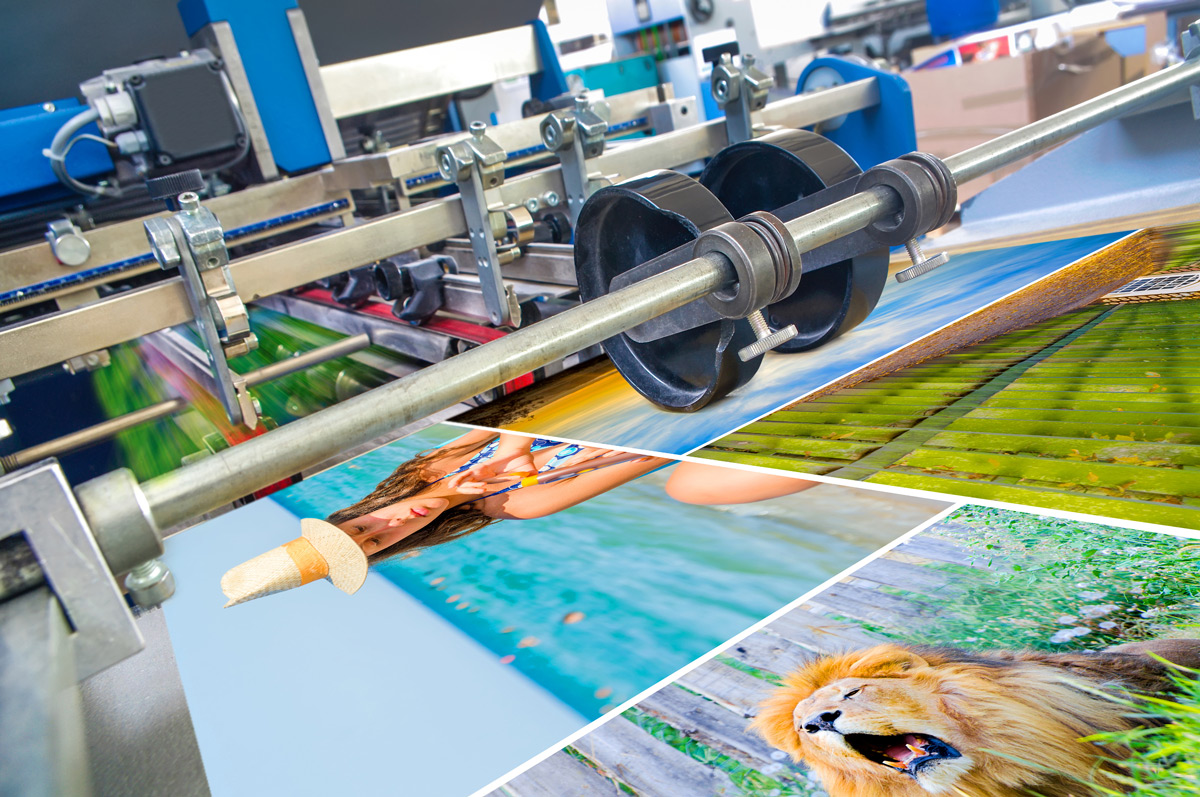Understanding the intricate world of offset printing can be quite fascinating. If you’re a marketing professional or simply someone intrigued by the art of printing, this article is for you. Let’s delve into the various offset press components that make this printing process so effective. In this guide, you’ll find the essential elements of offset presses explained in detail, along with their roles in creating high-quality printed materials.

1. Introduction to Offset Printing
Offset printing, also known as offset lithography, is a widely used technique where the inked image is transferred from a plate to a rubber blanket, and then to the printing surface. This method is favored for its ability to produce consistent, high-quality images and is commonly used for mass-production printing tasks.
2. The Importance of Offset Press Components
Each component of an offset press plays a critical role in the printing process. Understanding these components is crucial for ensuring optimal performance and print quality. Let’s explore these components in detail.
3. Printing Plates
Printing plates are thin sheets made of metal, typically aluminum, that carry the image to be printed. The image areas attract ink, while the non-image areas repel it. This separation is fundamental to achieving high-quality prints.
How Plates Work
Plates are wrapped around a cylinder in the printing press. When the cylinder rotates, ink is applied only to the image areas, which then transfer the ink onto the rubber blanket.
4. The Plate Cylinder
The plate cylinder holds the printing plate in place as it rotates. It is crucial for ensuring the accurate transfer of the image onto the rubber blanket. Proper alignment and tension of the plate cylinder are essential for maintaining print quality.
5. The Blanket Cylinder
The blanket cylinder is covered with a rubber blanket that receives the inked image from the plate cylinder. This cylinder plays a vital role in transferring the image onto the printing substrate, such as paper or cardboard. The flexibility of the rubber blanket helps achieve even ink distribution.
6. Impression Cylinder
The impression cylinder presses the paper against the blanket cylinder, allowing the inked image to be transferred onto the substrate. This component is critical for ensuring that the final print is sharp and clear.
7. Ink Rollers
Ink rollers distribute and apply ink onto the printing plate. The even distribution of ink is essential for achieving consistent color and image quality across the printed material.
Types of Ink Rollers
- Form Rollers: These rollers apply ink directly to the printing plate.
- Distributor Rollers: These rollers help distribute ink evenly across the form rollers.
- Oscillating Rollers: These rollers move side to side to ensure even ink distribution.
8. Dampening System
The dampening system applies a water-based solution to the non-image areas of the printing plate. This prevents ink from adhering to those areas, ensuring that the ink only transfers to the desired image areas.
Components of the Dampening System
- Fountain Rollers: These rollers apply the dampening solution to the plate.
- Metering Rollers: These rollers control the amount of dampening solution applied.
9. Feeder System
The feeder system is responsible for feeding paper or other substrates into the press. It ensures that each sheet is correctly aligned and feeds at the right speed, maintaining a smooth printing process.
10. Delivery System
The delivery system handles the printed materials as they exit the press. It is designed to prevent smudging and stacking issues, ensuring that the final product is pristine and ready for distribution.
11. Control Panel
The control panel is the command center of the offset press. Operators use it to adjust settings such as ink levels, roller speed, and substrate alignment, ensuring that each print run meets the desired specifications.
12. Safety Features
Modern offset presses are equipped with various safety features to protect operators and ensure smooth operation. These features include emergency stop buttons and guards covering moving parts.
13. Maintenance and Care
Regular maintenance and care are essential for keeping an offset press in optimal condition. This includes cleaning components, checking for wear and tear, and ensuring that all systems are functioning correctly.
14. The Future of Offset Printing
Despite the rise of digital printing technologies, offset printing remains a popular choice due to its high-quality output and cost-effectiveness for large print runs. Advancements in technology continue to enhance the efficiency and capabilities of offset presses.
15. Conclusion
Understanding the components of an offset press is essential for anyone involved in the printing industry. Each component plays a vital role in delivering high-quality printed materials. By maintaining and optimizing these components, printers can ensure consistent results and meet the demands of their clients.

FAQ Section
What is the main advantage of using offset printing?
Offset printing offers high-quality output and is cost-effective for large print runs, making it a preferred choice for many businesses.
How often should an offset press be maintained?
Regular maintenance should be performed based on the manufacturer’s recommendations and the frequency of use, typically every few months.
Can offset printing handle different types of substrates?
Yes, offset printing is versatile and can handle a wide range of substrates, including paper, cardboard, and some plastics.
For more detailed information on offset printing, you can visit the Wikipedia page.
To learn more about safety protocols in flexo pressrooms, check out our related article.
Explore the spot colors in offset printing for more insights on color management.
This article contains affiliate links. We may earn a commission at no extra cost to you.






